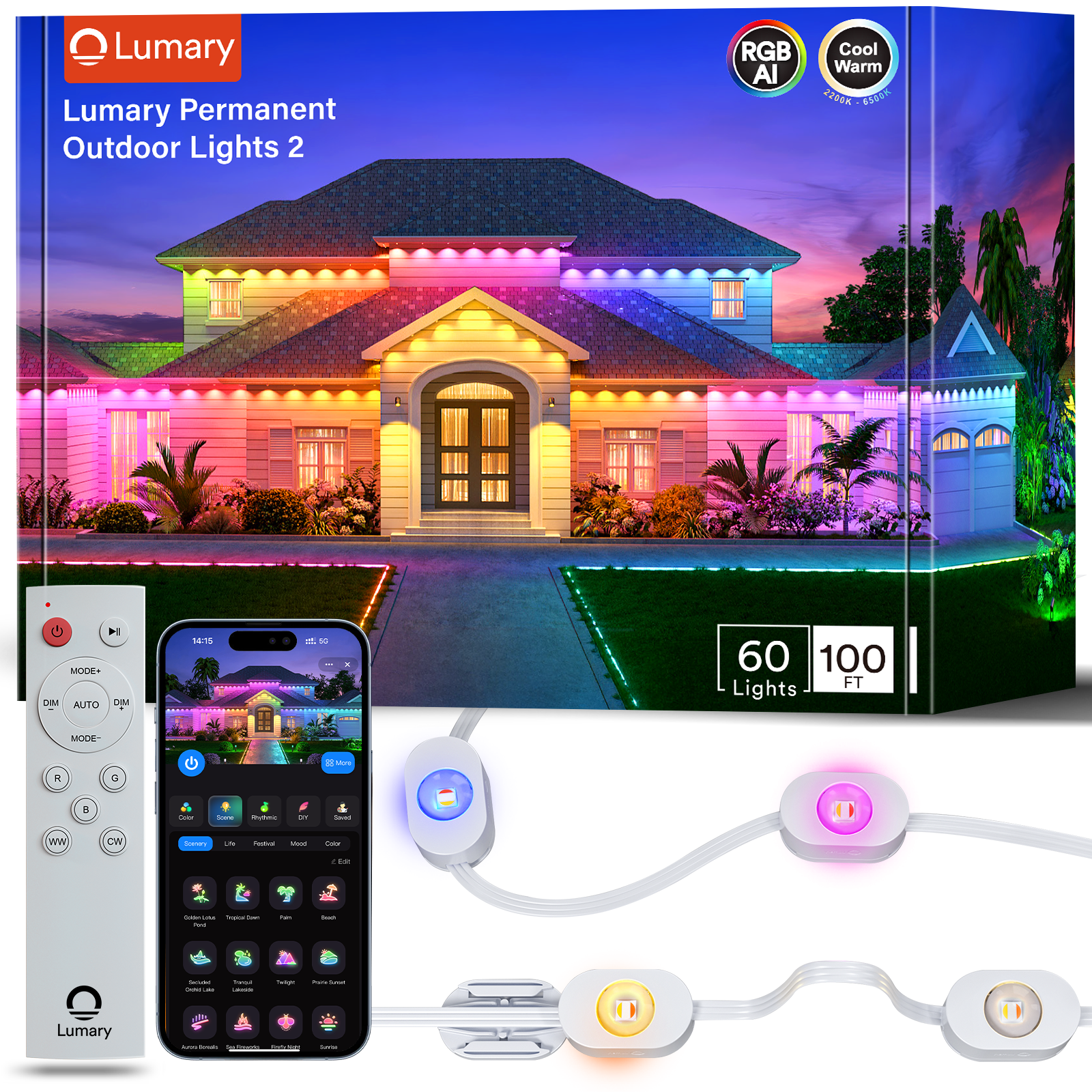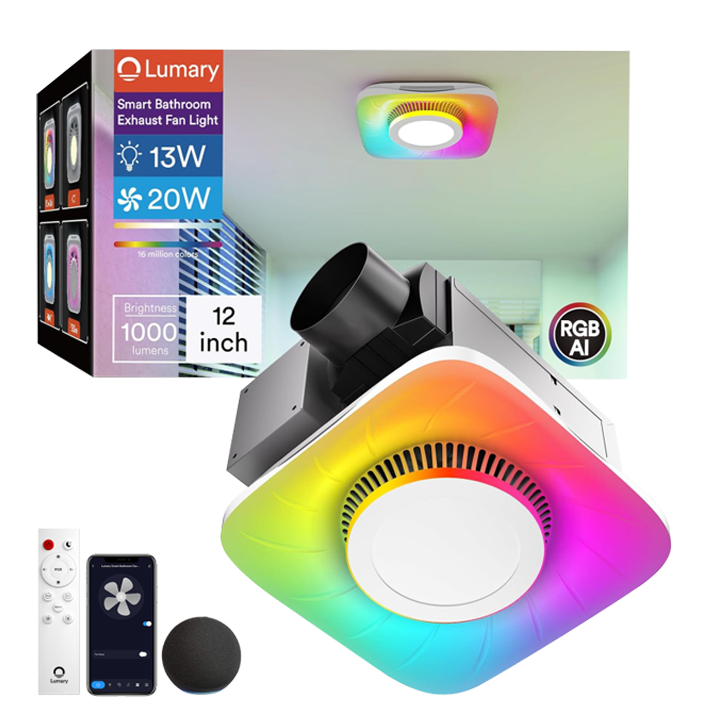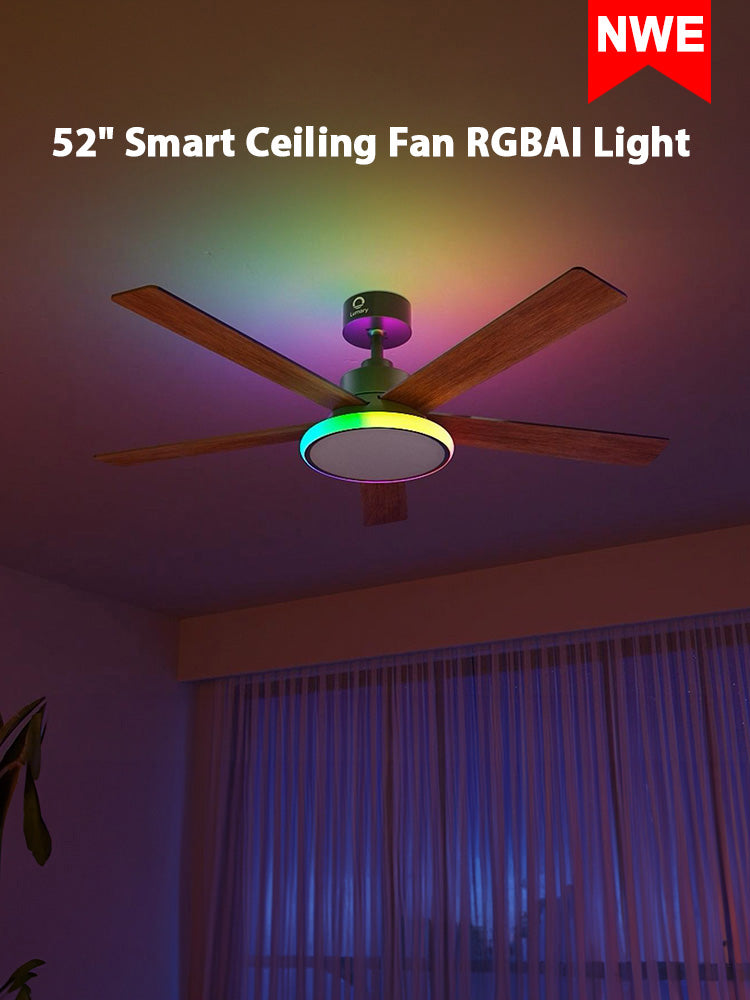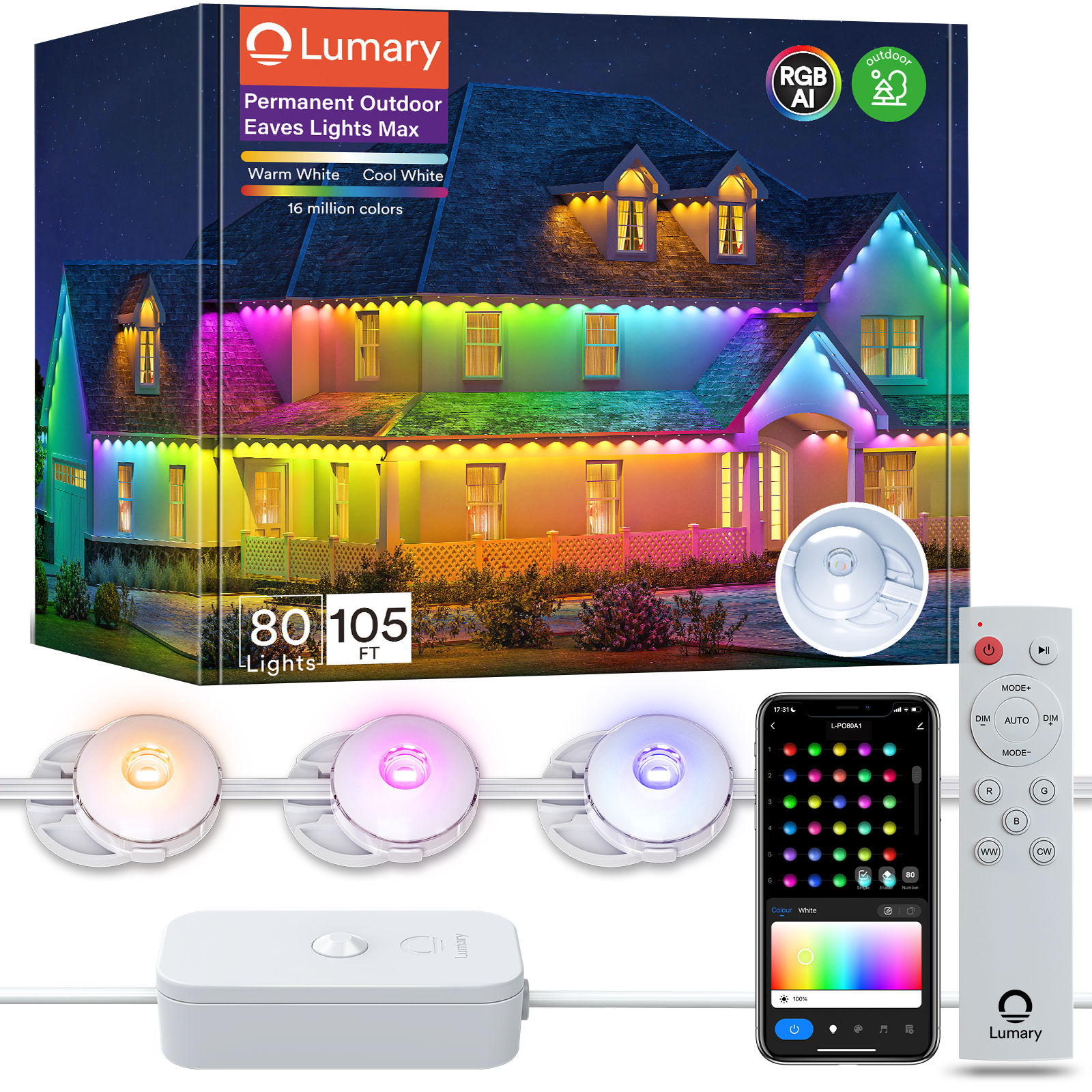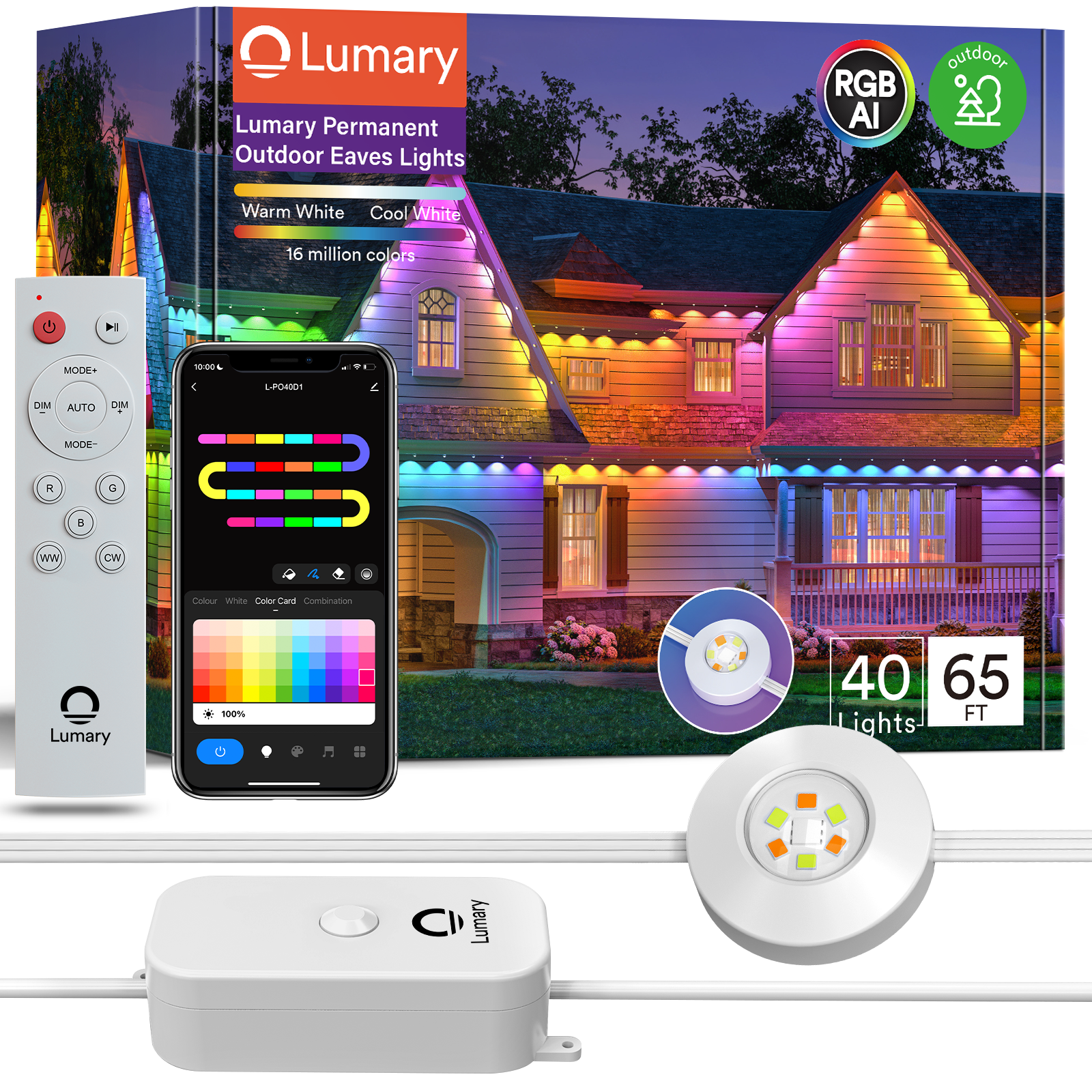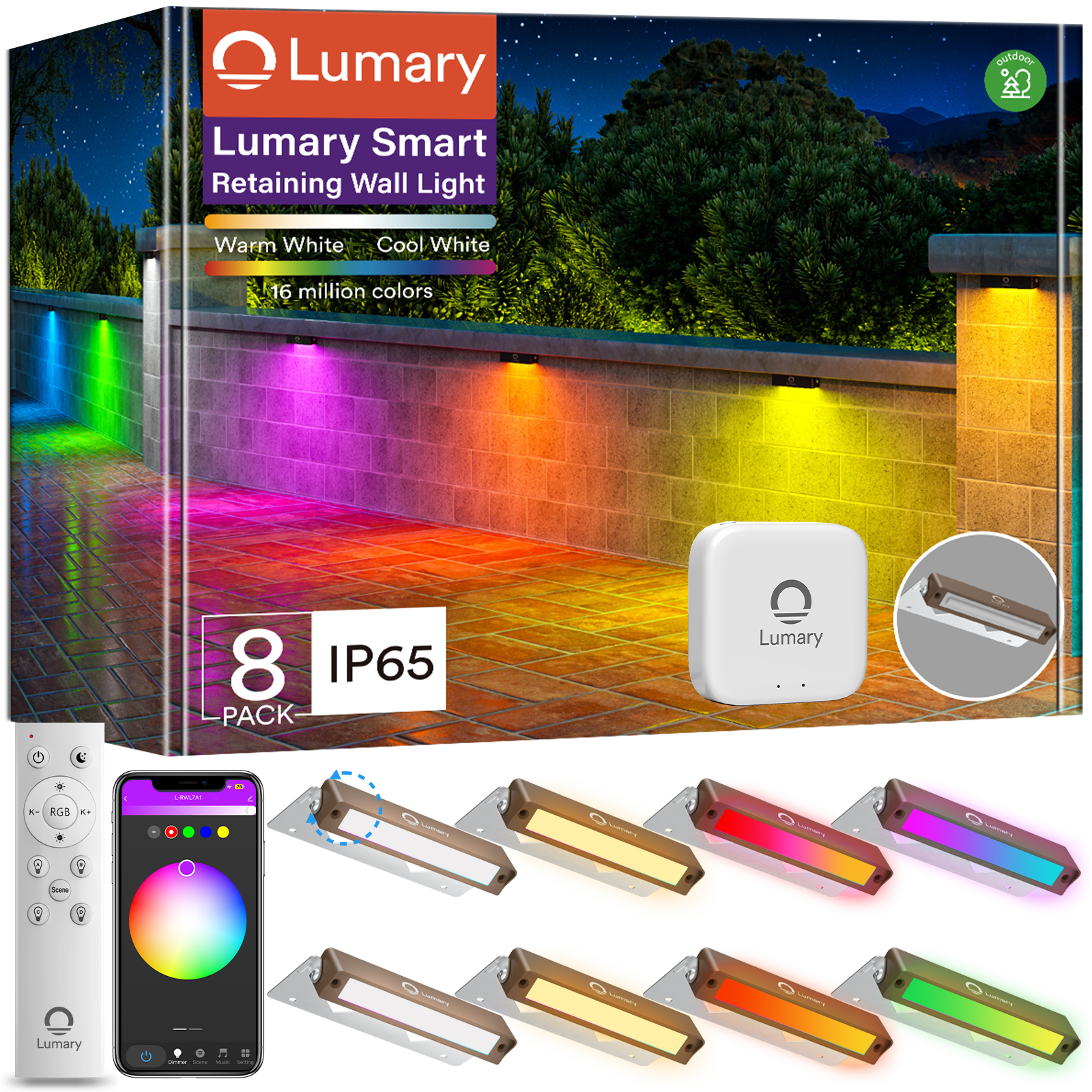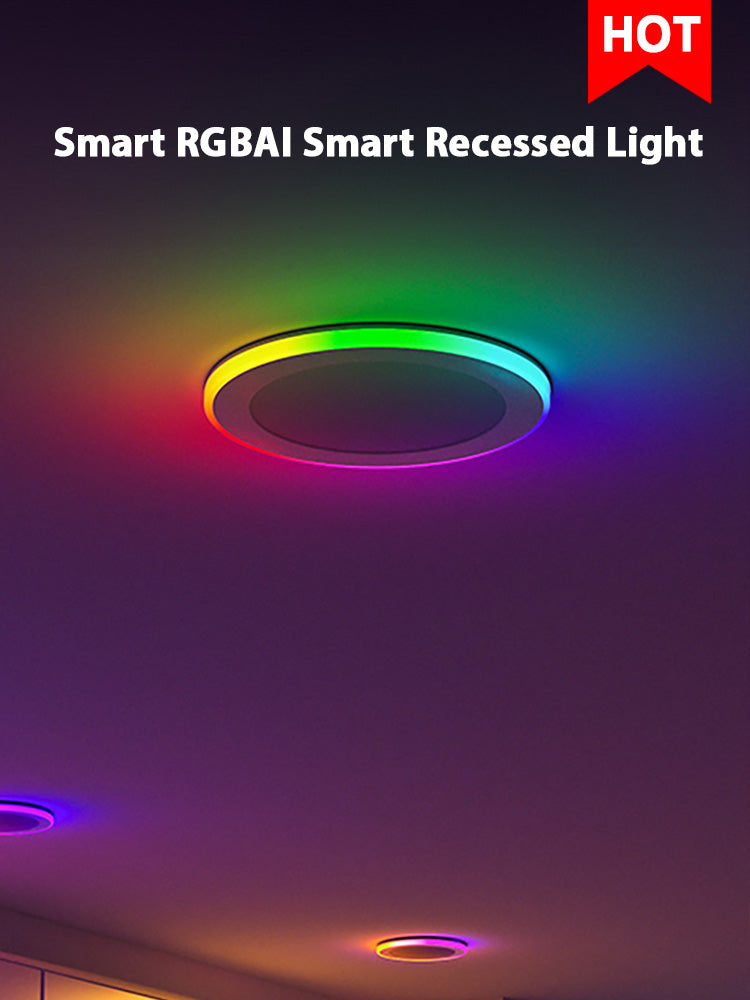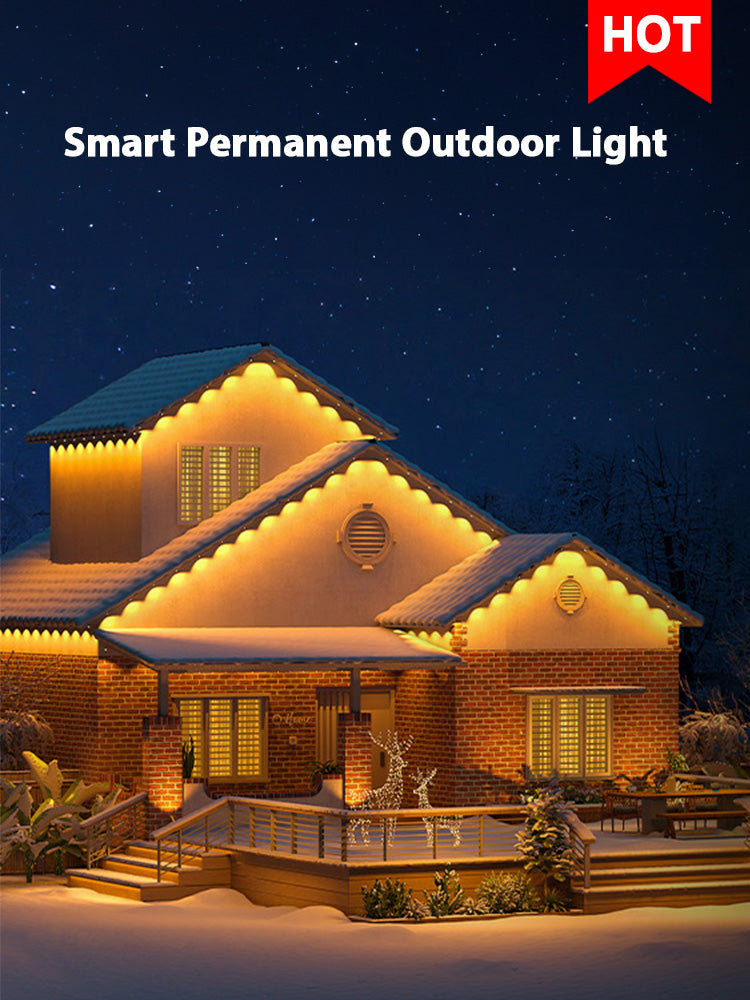When you compare warm light to cool light, the main difference lies in their color temperature and the feeling they create. Warm light gives off a yellow or red tint, with color temperatures usually between 2600K and 3700K. Cool light appears white or blue, with color temperatures from about 4000K up to 6500K.
|
Type |
Color Temperature (Kelvin) |
Visual Trait |
|---|---|---|
|
Warm Light |
2600K – 3700K |
Yellow to red tint |
|
Cool Light |
4000K – 6500K |
White to blue tint |
Understanding whether you need warm or cool light matters. It affects your mood, sleep, and how your home looks. Choosing the right colour temperature helps you create the perfect setting for every room.

Key Takeaways
-
Warm light looks yellow or red. Its color temperature is between 2600K and 3700K. It makes a room feel cozy and relaxing.
-
Cool light has a white or blue look. Its range is from 4000K to 6500K. It helps you stay awake and focused.
-
Use warm light in bedrooms and living rooms. It helps you feel calm and sleep better. Use cool light in kitchens and work areas. It helps you see better and focus more.
-
You can mix warm and cool lights in one room. This lets you change the mood and use of the space. Your room can be comfy and useful.
-
Look at the Kelvin number and Color Rendering Index (CRI) on bulbs. This helps you pick the right light. It also helps colors look correct.

Warm Light Basics
What Is Warm Light?
You see warm light every day in your home. This type of light gives off a soft, yellow or reddish glow. Warm light makes spaces feel cozy and welcoming. When you use warm light bulbs, you create an environment that feels safe and relaxing. Many people choose warm light for living rooms, bedrooms, and dining areas because it helps you unwind after a busy day.
Warm light triggers your brain to release chemicals like dopamine and serotonin. These chemicals help you feel calm and happy. That is why warm light often makes you feel more comfortable and at ease.
Warm Light Color Temperature
Color temperature measures how "warm" or "cool" a light appears. You measure it in Kelvin (K). Warm light usually falls between 2600K and 3700K. The most common warm white light in homes ranges from 2700K to 3000K. This range gives you a gentle, yellow to brownish tint.
Here is a quick guide to typical warm white color temperatures in homes:
|
Color Temperature (K) |
Description |
Typical Use in Homes |
|---|---|---|
|
2700K - 3000K |
Warm White |
Most common for living rooms, bedrooms, and lamps |
|
4000K |
Natural White |
Slightly cooler, used in kitchens and bathrooms |
|
5000K |
Pure White |
Rare in homes, mostly for outdoor or work spaces |
You will find that warm white is the most popular choice for relaxed spaces. Warm light bulbs in this range help you create a peaceful mood.
Warm Light Visual Traits
Warm light has a few clear visual traits. It looks soft and gentle. You notice a yellow, orange, or even reddish tint. This color makes your room feel inviting. Warm white light does not glare or feel harsh on your eyes. Instead, it helps you relax and enjoy your space.
-
Warm white light works well for reading, watching TV, or spending time with family.
-
It helps you wind down before bedtime.
-
Warm white makes your home look more comfortable and friendly.
When you want a cozy, informal setting, choose warm white. You will see the difference in how your room feels and how people interact in the space.

Cool Light Basics
What Is Cool Light?
You often see cool light in places where you need to stay alert and focused. Cool light gives off a crisp, white or bluish glow. This type of lighting feels fresh and clean. You find cool light bulbs in offices, schools, hospitals, and even in some kitchens. Cool white light helps you see details clearly and makes spaces look bright and modern. When you use cool light, you create an environment that supports concentration and productivity. Many people choose cool daylight or cool white for workspaces because it keeps you awake and ready to tackle tasks.
Cool light bulbs are popular in commercial and office settings. LED panel lights, LED linear lights, and LED recessed lights provide uniform, glare-free illumination. These fixtures help you focus and reduce eye strain during long hours at a desk.
Cool Light Color Temperature
Cool light covers a range of color temperatures, usually from 4000K to 6500K. The most common cool white bulbs in offices fall between 4000K and 5000K. At 4000K, you get a neutral white that works well for mixed tasks. At 5000K, you see a brighter, more intense white, often called Bright White. This level of cool white is perfect for high-focus tasks and areas with lots of screens. Cold white light, which starts at 5000K and above, gives a bluish tint that makes spaces feel energetic and alert. Cool daylight bulbs, at the top of the scale, mimic natural daylight and boost visibility.
|
Color Temperature (K) |
Description |
Common Use |
|---|---|---|
|
4000K |
Neutral Cool White |
Offices, kitchens, classrooms |
|
5000K |
Bright Cool White |
Workspaces, hospitals, task lighting |
|
6500K |
Cool Daylight |
Warehouses, garages, display areas |
Cool Light Visual Traits
Cool light stands out because of its brightness and clarity. You notice a white or blue tone that makes everything look sharp and vivid. Cool white lighting increases perceived brightness, so rooms feel larger and more open. This type of light boosts alertness and helps you stay awake. Scientific studies show that cool light can improve your focus and cognitive performance. When you switch to cool white, you may feel more energized, but sometimes the light can feel harsh if you use it for relaxing activities. Cool light bulbs also suppress melatonin, which keeps you alert during the day.
-
Cool white works best in places where you need to concentrate.
-
It helps reduce eye strain when you work on computers.
-
Cool light bulbs make colors look true and details stand out.
If you want a space that feels lively and professional, choose cool white or cool daylight bulbs. You will notice the difference in how you feel and how well you work.
Colour Temperature Guide
Understanding Kelvin Scale
When you choose lighting for your home, you often see numbers like 2700K or 5000K on the box. These numbers refer to the Kelvin scale. The Kelvin scale measures colour temperature. It tells you how warm or cool a light source appears. Lower numbers on the Kelvin scale mean the light looks warmer, with more yellow or red tones. Higher numbers mean the light looks cooler, with more blue or white tones.
You can think of the Kelvin scale as a ruler for light. It starts at about 1000K, which gives a deep orange glow, and goes up to 10,000K or more, which looks like bright blue daylight. Most home lighting falls between 2000K and 6500K. The Kelvin scale helps you pick the right colour temperature for each room and activity.
Tip: The term "correlated colour temperature" describes how closely a light source matches the color of natural light at a certain Kelvin value.
Warm vs. Cool on the Scale
You can use the Kelvin scale to compare warm, neutral, and cool lighting. Warm light usually falls between 2000K and 3500K. This range creates a cozy, relaxing feeling. Neutral light sits around 3500K to 4100K. It gives a balanced white tone that works well in many spaces. Cool light starts at 4100K and goes up to 6500K or higher. This range feels bright and energizing, perfect for work or study areas.
Here is a simple table to help you see the differences:
|
Lighting Category |
Kelvin Range (K) |
Description |
Typical Use |
|---|---|---|---|
|
Warm Light |
2000K - 3500K |
Yellow to reddish, cozy and relaxing |
Living rooms, bedrooms, dining |
|
Neutral Light |
3500K - 4100K |
Balanced white, not too warm or cool |
Kitchens, bathrooms, hallways |
|
Cool Light |
4100K - 6500K |
Bluish-white, crisp and alert |
Offices, garages, study areas |
Lighting manufacturers often use these categories to help you choose the best colour temperature for your needs. Lower colour temperature creates a soft, inviting space. Higher colour temperature gives you a sharp, focused environment. When you understand the Kelvin scale, you can match the right light to every room in your home.
Effects of Warm and Cool Lighting
Mood and Ambiance
Lighting changes how you feel in a room. Warm light gives off a soft, golden color. It helps you feel calm and safe. People like warm light in bedrooms and living rooms. It helps you relax after a busy day. Scientists say warm light is good for your feelings. It helps your brain relax and makes you feel happy. Hospitals use warm light at night to help patients rest.
Cool lighting is different. It looks white or blue and feels fresh. Cool light makes rooms look bigger and brighter. This kind of light helps you stay awake and pay attention. Studies show cool light helps you focus and do better on tasks. But too much cool light can make you feel tense or stressed, especially at night.
Tip: Pick warm light for cozy rooms. Use cool light where you need to focus or stay awake.
Health and Sleep
The lighting you pick can change your health and sleep. Warm light helps your body’s natural clock. Using warm light at night helps your brain make melatonin. Melatonin helps you fall asleep. Studies show warm light before bed helps you sleep better. Warm light does not stop melatonin, so it helps you get ready for sleep. Kids and adults both sleep better with warm light in bedrooms.
Cool lighting affects your body in another way. Cool light, especially blue light, can keep you awake. It stops your brain from making melatonin. If you use cool light or screens before bed, you may have trouble sleeping. Even a little cool light at night can hurt your sleep. You might feel tired the next day. But cool light during the day helps you feel awake and alert. In offices and schools, cool light helps you focus and work better. Use cool light to boost energy and focus in the day. Switch to warm light at night to help you sleep.
-
Use warm light at night for better sleep.
-
Use cool light in the day to stay awake.
-
Avoid cool light at night to protect your sleep.
Home Aesthetics
Lighting temperature changes how things look in your home. Warm light makes reds, oranges, and yellows stand out. It makes rooms feel cozy and welcoming. Warm light softens fabrics and shows off wood colors. Your furniture and decorations look richer under warm light.
Cool lighting makes blues and greens look brighter. It gives rooms a clean, modern look. Cool light makes white walls look brighter and helps you see details. It works well with shiny surfaces and makes colors pop. Neutral lighting is between warm and cool. It balances both and works well in kitchens and bathrooms.
Note: The lighting you use can change how your home looks and feels. Try different lighting to see what fits your style and mood.
|
Lighting Type |
Best For |
Visual Effect on Decor |
|---|---|---|
|
Warm Light |
Living rooms, bedrooms, dining |
Makes warm colors stand out, softens textures |
|
Cool Light |
Offices, kitchens, bathrooms |
Shows cool colors, makes lines sharp |
|
Neutral Light |
Hallways, workspaces |
Balanced color, looks natural |
Lighting does more than just light up a room. It changes your mood, helps your health, and makes your home look nice. When you know how warm and cool lighting work, you can choose the best light for every space.
Room Uses for Warm and Cool Light
Warm Lighting in the Home
You can use warm lighting to make your home feel cozy and welcoming. Experts suggest that the living room is the best place for warm lighting. A color temperature between 2700K and 3000K works well here. This range helps large spaces feel more intimate and relaxing. You might choose soft shaded floor lamps, table lamps with fabric shades, or dimmable recessed lights. These fixtures spread warm light evenly and create a peaceful mood.
-
Living rooms: Use warm lighting to encourage relaxation and conversation.
-
Bedrooms: Pick warm lighting with lower color temperatures, around 2000K to 2700K, to help you wind down and sleep better.
-
Dining rooms: Warm lighting makes meals feel special and brings out the rich colors of your food and decor.
Layering different types of lighting, such as ambient, task, and accent lights, helps keep the space warm and inviting. Wall colors with warm undertones, like cream or beige, can boost the effect of warm lighting. Modern LED bulbs and smart lighting systems let you adjust the warmth to fit your needs.
Tip: Warm lighting can reduce stress and help you relax after a long day.
Cool Lighting in the Home
Cool lighting works best in places where you need to see clearly and stay alert. Cool white and cool lighting with color temperatures from 4000K to 5000K are great for kitchens, bathrooms, and workspaces. These lights make it easier to focus on tasks like cooking, cleaning, or studying.
-
Kitchens: Cool lighting helps you see the true colors of food and keeps the space bright for meal prep.
-
Bathrooms: Cool white lighting gives you clear visibility for grooming and cleaning.
-
Home offices: Cool lighting boosts your energy and helps you concentrate on computer work or homework.
Studies show that cool lighting in these rooms improves productivity and makes tasks easier. High CRI values in cool lighting also help you see colors more accurately, which is important for detailed work.
Note: Use cool lighting during the day to stay alert, but switch to warmer tones in the evening to help your body get ready for sleep.
Mixing Warm and Cool
You can mix warm lighting and cool lighting in the same room to get the best of both worlds. Layering different types of lights—ambient, task, and accent—lets you control the mood and function of your space. For example, you might use warm lighting for reading lamps and cool lighting for a desk or kitchen counter.
-
Use ambient lighting with a wide beam for general brightness.
-
Add task lighting with a cooler tone for focused activities like homework or cooking.
-
Place accent lights to highlight art or special features, choosing either warm or cool tones based on what you want to show off.
Track lighting and adjustable fixtures let you switch between warm and cool lighting as needed. This flexibility helps you create a comfortable space for relaxing, working, or entertaining. Mixing both types adds depth and makes your home feel balanced and dynamic.
Try using a mix of table lamps, floor lamps, and overhead lights to layer warm and cool lighting. This approach gives you more control over how your room looks and feels.
Choosing the Right Light
Function and Activity
When you choose between warm or cold light, think about what you do in each room. The right color temperature can make your daily tasks easier and more comfortable. For reading or relaxing, you want a warmer color temperature, usually between 2700K and 3500K. This range helps reduce blue light, which can strain your eyes and make it harder to relax. In the kitchen or workspace, a cooler color temperature between 4000K and 5000K gives you brighter light. This makes it easier to see details and stay safe while cooking or working.
-
Reading and relaxing: Use warm light (2700K-3500K) for comfort and eye health.
-
Cooking and working: Use cool light (4000K-5000K) for better visibility and focus.
-
Mix lighting: Combine warm and cool lights in open spaces to balance mood and function.
You can also use adjustable fixtures or smart bulbs to change the light as needed. This helps you find the best light color for every activity.
Color Rendering Tips
The Color Rendering Index (CRI) tells you how true colors look under a light source. CRI uses a scale from 0 to 100. A higher CRI means colors appear more natural and vibrant. You should look for lights with a CRI above 80 for most rooms. This is important in places where you want to see colors clearly, like in the kitchen or near artwork. CRI does not depend on color temperature, so you can find both warm and cool lights with high CRI. High CRI lighting helps you see the best light color in your home, making everything look its best.
Tip: Always check both the color temperature and CRI when shopping for bulbs. This ensures you get accurate colors and the right mood.
Personal Preference
Your personal taste matters when you pick lighting. Some people like the cozy feel of warm light, while others prefer the crisp look of cool light. Preferences can change with the season or even the temperature in your home. For example, you might want cooler light on a hot day and warmer light when it is cold. You can test different lighting by using smart bulbs or adjustable lamps. Try out several color temperatures before you decide. This helps you find what feels right for you and your family.
-
Try different bulbs in the same room.
-
Use dimmers to adjust brightness and warmth.
-
Notice how lighting changes the look and feel of your space.
Remember, the best light color is the one that fits your needs and makes you feel comfortable. Take your time to experiment and enjoy the process.
You have learned that warm light makes a room feel cozy and calm. Cool light helps you pay attention and see things better. Experts say you should pick the right light for each room’s job:
-
Put warm light in bedrooms and living rooms to help you relax and rest.
-
Pick cool light for kitchens and work areas to help you see well and feel awake.
-
Mix different lights and use dimmers so you can change the mood.
Tip: Look at how your lights work with your room’s colors before you decide.
FAQ
What is the best color temperature for a bedroom?
You should use warm light between 2700K and 3000K in your bedroom. This range helps you relax and get ready for sleep. Warm light creates a cozy and peaceful feeling.
Can I mix warm and cool lights in one room?
Yes, you can mix both types. Use warm light for relaxing areas and cool light for workspaces. Mixing lights lets you adjust the mood and function of your room.
Does cool light hurt your eyes?
Cool light does not hurt your eyes if you use it correctly. Too much bright, cool light at night can cause eye strain. Use cool light during the day for tasks that need focus.
How do I know if a bulb is warm or cool?
Check the Kelvin number on the bulb box. A lower number (2000K–3500K) means warm light. A higher number (4000K–6500K) means cool light. You can also look for words like "warm white" or "cool white."

